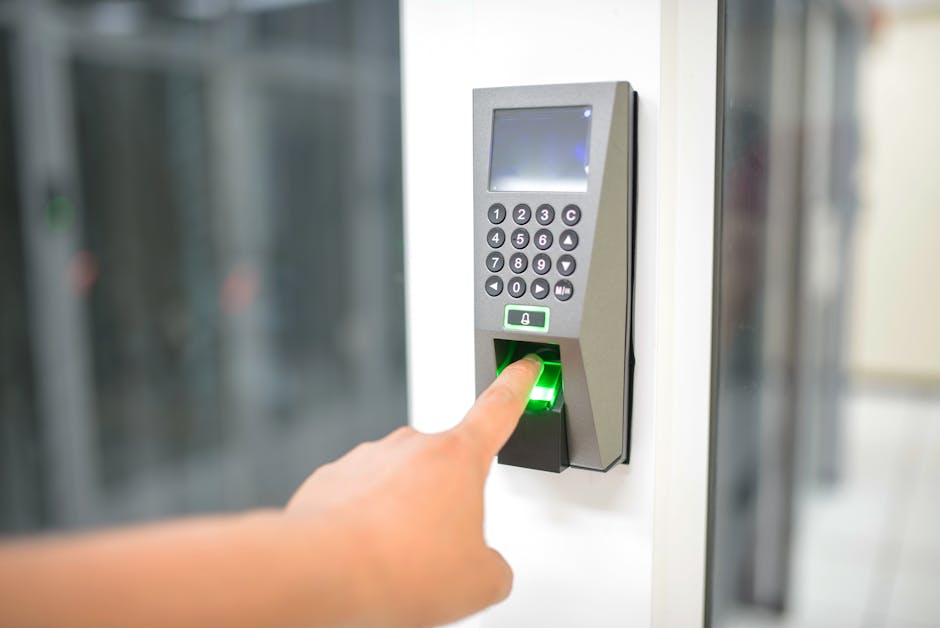Digital Identity Verification in Safe Migration
The Critical Need for Secure Migration Systems
Migration represents one of humanity’s most complex social phenomena. However, current systems often fail to protect vulnerable populations adequately. According to the International Organization for Migration, millions lack proper identification documents. This gap creates opportunities for exploitation and human rights abuses. Furthermore, digital identity verification addresses these challenges directly. It provides immutable proof of identity that cannot be easily forged or stolen. Consequently, governments and organizations increasingly adopt these technologies. They recognize that secure digital credentials are fundamental to safe migration practices.
How Digital Identity Verification Works
Modern digital ID systems combine multiple technologies for maximum security. Typically, they incorporate biometric data, blockchain technology, and encryption protocols. For example, facial recognition, fingerprint scanning, and iris detection provide unique biological markers. Meanwhile, blockchain creates tamper-proof records of identity transactions. Additionally, advanced encryption ensures data privacy and security. This multi-layered approach creates robust digital identity verification systems. They verify identities remotely and in real-time. Therefore, migrants can prove their identity without physical documents. This process significantly enhances security and convenience simultaneously.
Key Components of Effective Digital ID Systems
- Biometric authentication (facial, fingerprint, iris recognition)
- Blockchain-based credential storage and verification
- Advanced encryption standards for data protection
- Interoperable standards across jurisdictions
- User-controlled privacy features and consent mechanisms
Benefits of Digital Verification for Migration Safety
Digital identity verification offers numerous advantages for migration management. First, it drastically reduces document fraud and identity theft. The UNHCR reports that fraudulent documents contribute significantly to human trafficking. Digital systems make such fraud extremely difficult. Second, these systems accelerate processing times at borders. Consequently, migrants spend less time in vulnerable situations. Third, digital IDs help maintain family unity during displacement. They provide reliable proof of family relationships. Additionally, they enable better access to essential services like healthcare and education. Ultimately, these systems protect dignity while ensuring security.
Implementing Digital Identity in Migration Processes
Successful implementation requires careful planning and coordination. Initially, governments must establish legal frameworks for digital identities. These frameworks should address privacy concerns and data protection. Meanwhile, technical infrastructure must be developed collaboratively. The World Bank’s Identification for Development initiative provides valuable guidance. Furthermore, implementation should prioritize user-friendly design. Migrants often face stress and trauma. Therefore, systems must be intuitive and accessible. Training for border officials and humanitarian workers is equally important. Finally, systems must ensure interoperability across different countries and organizations. This coordination maximizes the benefits of digital identity verification for safe migration.
Addressing Privacy and Ethical Concerns
While beneficial, digital ID systems raise important privacy questions. Specifically, data collection and storage require robust safeguards. The Electronic Frontier Foundation emphasizes the need for strong privacy protections. Consequently, systems should incorporate privacy-by-design principles. Additionally, migrants must maintain control over their personal data. They should decide who accesses their information and for what purposes. Furthermore, ethical implementation requires transparency about data usage. Organizations must avoid function creep—using data for purposes beyond original intentions. Ultimately, balancing security and privacy is essential for trustworthy systems.
Global Initiatives and Case Studies
Several pioneering programs demonstrate successful implementation. For instance, the Finnish Digital Passport allows seamless border crossings. Similarly, Estonia’s e-Residency program offers secure digital identities to non-citizens. Meanwhile, the United Nations promotes global digital cooperation frameworks. These initiatives show that digital identity verification can work across borders. Additionally, humanitarian organizations use digital IDs in refugee camps. They distribute aid more efficiently while reducing fraud. Consequently, these case studies provide valuable lessons for broader implementation. They prove that technology can enhance both security and human dignity during migration.
Successful Digital ID Migration Programs
- Finland’s Digital Border Crossing System
- Estonia’s e-Residency and Digital Identity Platform
- World Food Programme’s Blockchain-based Aid Distribution
- ID2020 Alliance’s Digital Identity Initiatives
- European Union’s Digital Identity Wallet Project
The Future of Digital Identity in Migration
Emerging technologies will further transform migration management. Artificial intelligence will enhance identity verification accuracy. Meanwhile, blockchain technology will enable more secure credential sharing. Additionally, biometric advancements will make systems more accessible and inclusive. Furthermore, global standards will likely emerge for interoperability. The International Organization for Standardization already works on digital identity standards. Consequently, the future promises more efficient and humane migration systems. Digital identity verification will become increasingly sophisticated. It will better protect migrants while supporting national security interests. Ultimately, technology will enable safer, more dignified migration experiences worldwide.
Frequently Asked Questions
How does digital identity verification prevent human trafficking?
Digital identity systems create tamper-proof records that are extremely difficult to forge. This prevents traffickers from using fake documents to exploit migrants. Additionally, biometric verification ensures that people are who they claim to be.
What role does digital ID play in refugee protection?
Digital IDs help refugees access services, maintain family unity, and prove their identity without paperwork. They also enable organizations to deliver aid more efficiently while reducing fraud and ensuring resources reach intended recipients.
Are digital identity systems secure for migration purposes?
When properly implemented with encryption, blockchain, and biometrics, digital ID systems offer superior security compared to paper documents. However, they must include strong privacy protections and ethical data handling practices.
How can migrants access digital identity verification?
Governments and humanitarian organizations typically provide digital ID enrollment points at borders, refugee camps, and consulates. The process usually involves biometric registration and document scanning to create secure digital credentials.
What makes digital verification better for migration safety?
Digital systems provide instant verification, reduce fraud, protect against document loss, and enable faster processing. These features collectively create safer migration experiences while maintaining security and dignity.
Conclusion: Embracing Digital Solutions for Safer Migration
In conclusion, digital identity verification represents a paradigm shift in migration management. It addresses critical safety concerns while enhancing efficiency and dignity. Furthermore, properly implemented systems balance security with privacy protections. They prevent fraud, accelerate processing, and protect vulnerable populations. Additionally, global initiatives demonstrate the practical viability of these solutions. Therefore, governments and organizations should prioritize digital ID development. Finally, we must continue refining these technologies through ethical implementation and international cooperation. Explore our Resources for more insights or Contact Us to discuss implementation strategies. Book an Appointment today to learn how digital identity can transform your migration practices.




